Violet "milky way" stands out from other varieties. Its rich purple hue of flowers with bright pink peas scattered on the petals amazes with the beauty of even experienced flower growers. But it’s worth figuring out how easy this violet is to care for and what conditions it needs for long-term and abundant flowering.
Photo and description of violet "milky way"
This variety of flower was bred by Russian breeder Evgeny Arkhipov, so it can be found in the catalogs in the AE section.
According to the photo and description of the variety, the milky way violet has a standard size of dark-colored leaves. The rosette is slightly loose, of medium diameter, with symmetrically arranged foliage on long petioles. The variety is characterized by an average level of foliage, as it constantly forms flower stalks, which takes most of the plant's strength.
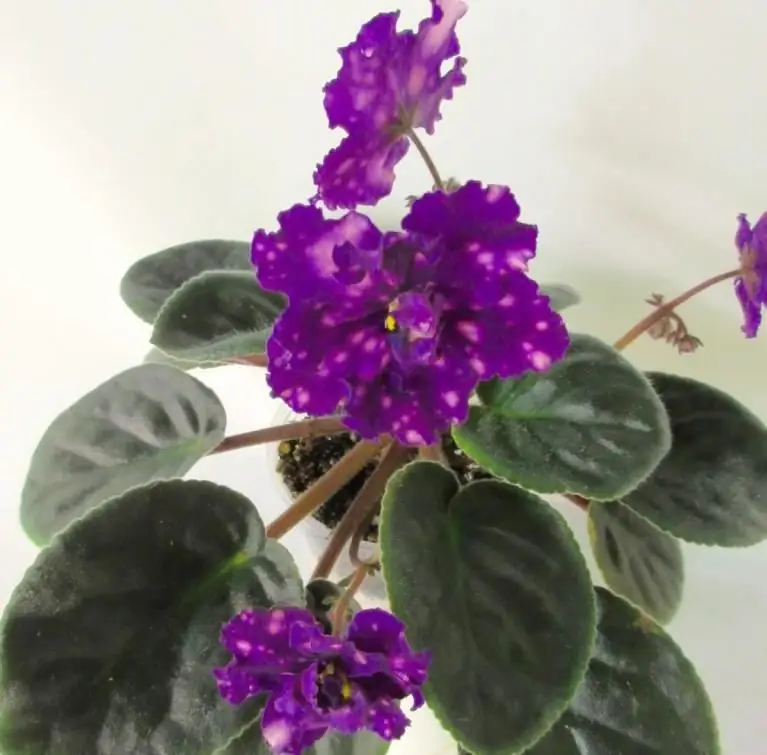
Flowers near violet "milky way"(photo above) semi-double and terry. During the blooming period, they have a bright plum color, on which red-pink fantasy peas stand out in contrast. Their diameter reaches 7 cm. As it blooms, the shade turns slightly paler, and pink spots spread over the petals. The more peduncles a bush forms, the smaller the diameter of the flowers becomes.
The first flowering of "milky way" violet comes 8 months after planting the cutting. It continues for 3 weeks, and then there is a short break. It is quite difficult to achieve lush flowering from "milky way" violets, because when new flowers bloom, the previous ones lose their decorative effect. But in an adult plant, flower stalks are constantly formed.
The variety forms a large number of stepchildren that must be constantly removed, otherwise the bush will stop blooming.
Species qualities are perfectly transmitted to offspring. Can form a sport that has a black-purple hue of flowers, but no pink peas.
Growing conditions
Violet "milky way" needs increased attention of the grower. And for its lush flowering, it is necessary to create optimal conditions, otherwise it will increase the green mass to the detriment of the formation of peduncles.
Therefore, before thinking about its acquisition, it is necessary to study the features of cultivation. And also be patient, as the expected result can be obtained only from 2-3 flowering.
Lighting
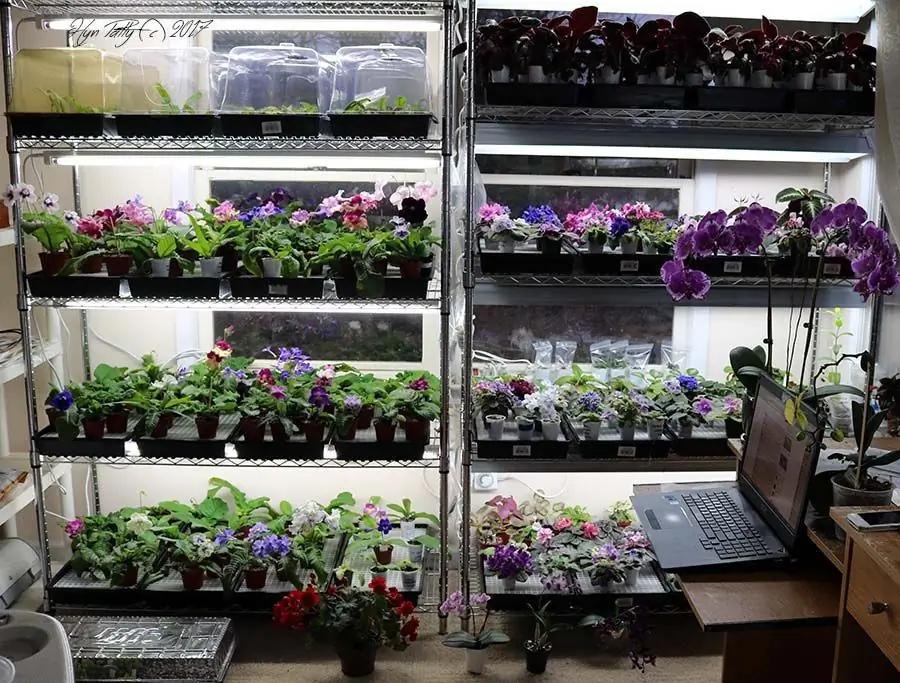
Violet variety "Milkyway" can be grown on east and west windows, as well as on shelving with backlight. For lush flowering, daylight hours should be 12-14 hours, so it is recommended to use additional lighting in the evening. Plants feel great on east and west windowsills.

Shading devices (curtains, blinds) should be used when growing on a southern window, as aggressive sunlight can cause burns on the leaves.
Temperature conditions

The optimum temperature for keeping is 20-24 degrees. Young milky way violet plants can be grown at a temperature 2-3 degrees higher which will speed up the formation of rosettes. But for adult bushes, heat is categorically contraindicated.
In winter, the temperature regime is recommended to be reduced by 3-4 degrees. The critical temperature is 16 degrees. Violet is able to withstand short-term cool content if the temperature drops gradually. With a long cool period, plant growth stops completely, the leaves begin to lose their turgor. Subsequently, irreversible processes occur in the tissues of the plant, which lead to the death of the plant.
You can not keep the plant in the winter on a cold windowsill, because when the root system is supercooled, it begins to rot.
Water and air humidity
When the upper watering of the milky way violet, the outlet is more compact. Growing the plant on the wick gives a loose bush, as well as flower stalks.
For irrigation, it is recommended to use settled water at room temperature. Water the plant regularly, but allow the topsoil to dry out between waterings. Water during the procedure should not fall on the foliage and in the middle of the outlet.
Air humidity for the full development of the bush and lush flowering should be at the level of 50-60%. If the air is too dry, it is recommended to place additional water containers near the violet pot, which will increase the evaporation of moisture.
Spraying the outlet is not recommended, as the villi on the leaves retain moisture for a long time, and this can provoke the development of fungal diseases.
Feeding
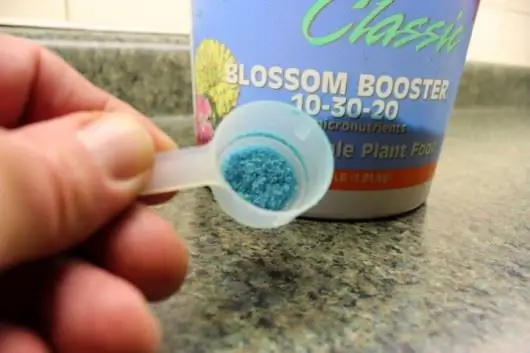
According to the description, the milky way violet responds well to regular feeding. Nutrients should be applied once every 2 weeks, combining the procedure with watering.
For violets, you need to use special fertilizers that are sold in any flower shop. But as the plant grows, the composition of the nutrition should be different.
During the period of growing green mass, fertilizers with a high content of nitrogen should be used, and during the formation of buds - phosphorus and potassium. The development and flowering of violets directly depends on the strict observance of this rule.
The use of nitrogen during budding can lead to increased foliage growth, as well as negatively affect the shade and number of flowers.
Transfer
Violet "Milky Way" needs to be transplanted as it grows. This procedure should be carried out regularly in spring or autumn by transshipment. To do this, you need to use a special substrate for violets, which can be purchased at the store.
You can also prepare the soil mixture at home by mixing the following ingredients:
- 0, 5 pieces of turf;
- 2 pieces of leaf ground;
- 1 part humus;
- 1 piece of sand.
It is necessary to add more perlite to the resulting substrate, the mass fraction of which should be 10% of the total volume. This will make the soil loose and light.
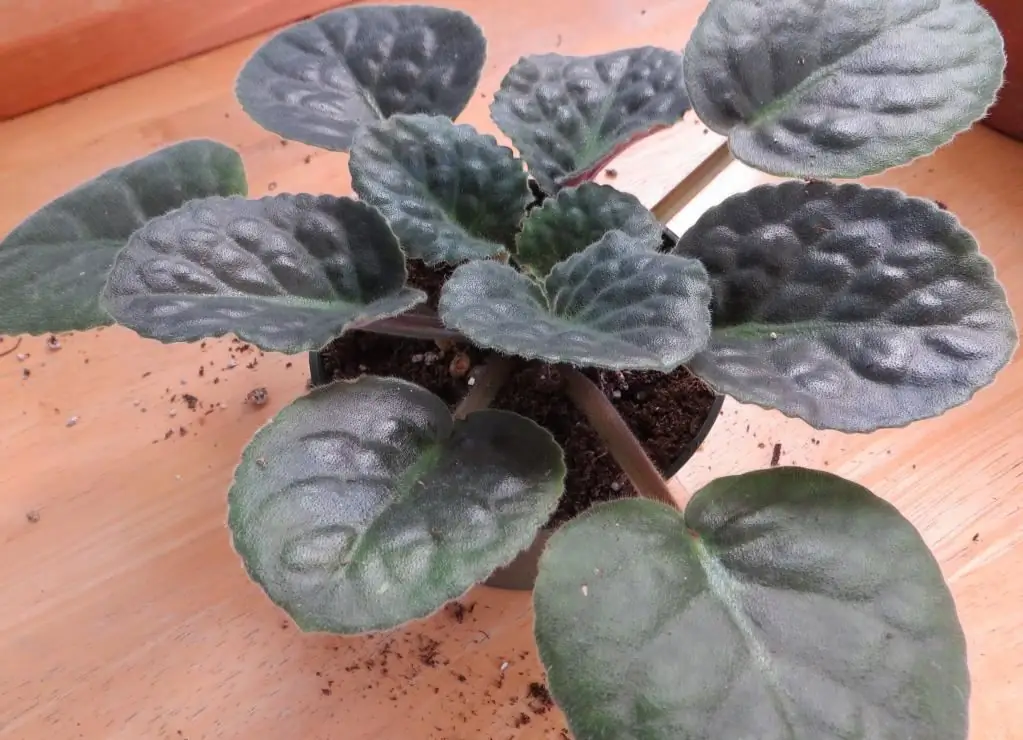
The pot should be selected depending on the size of the outlet, but it should be small, as flowering will come only when the roots have mastered all the free space.
The diameter of the pot should be for:
- young plants - 5-6 cm;
- medium - 7-9cm;
- adults 11-13 cm.
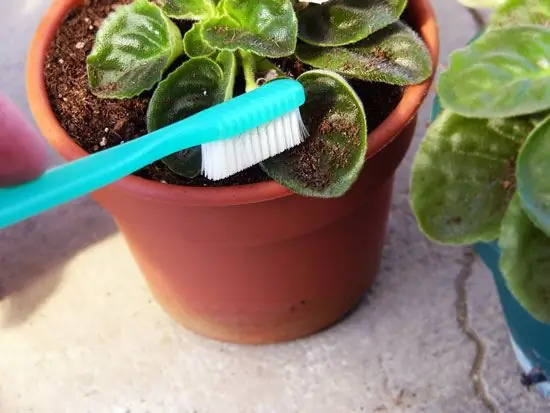
At the bottom of the tank, you need to put a drainage layer of 1 cm, and then sprinkle it with soil. Place the socket in the center of the pot and carefully fill the resulting voids with earth. If the substrate gets on the foliage, it must be cleaned with a brush.
After the procedure, water the plant and put it in a shaded place for 2-3 days to adapt. After the time has elapsed, return to its original place.
Bush rejuvenation
As violets grow"milky way" the lower part of the stem is gradually exposed, which leads to the loss of decorative rosette. You can correct the situation by rejuvenating the bush.
This procedure is carried out in the following sequence.
- Get the plant out of the old pot.
- Tear off leaves from the bottom that are not decorative.
- Use a knife to cut off 1/3 of the bottom of the earthy coma.
- Place the bush in the new prepared pot.
- Sprinkle gently with earth to the first lower leaves.
- Water the plant with Kornevin's working solution and put it in a greenhouse.
After a while, new roots will appear on the bare section of the stem. After that, rearrange the "milky way" violet to its usual place.
This procedure allows you to renew the bush, as a result of which it begins to actively grow and bloom profusely.
Reviews of flower growers
According to the description and photo of the violet AE "milky way", which is found on various resources, it can be judged that this variety is especially popular with flower growers. And despite the fact that in addition to positive reviews, there are often negative ones, it can be safely stated that this plant variety does not leave anyone indifferent.
Violet "milky way" is very demanding on growing conditions, so any deviation from the rules of maintenance can nullify all the grower's efforts. So. when purchasing this variety, you need to understand that it will not be easy. However, a bouquet of dark lilac flowers with pink peas in the stylefantasy will be a worthy reward for patience.






